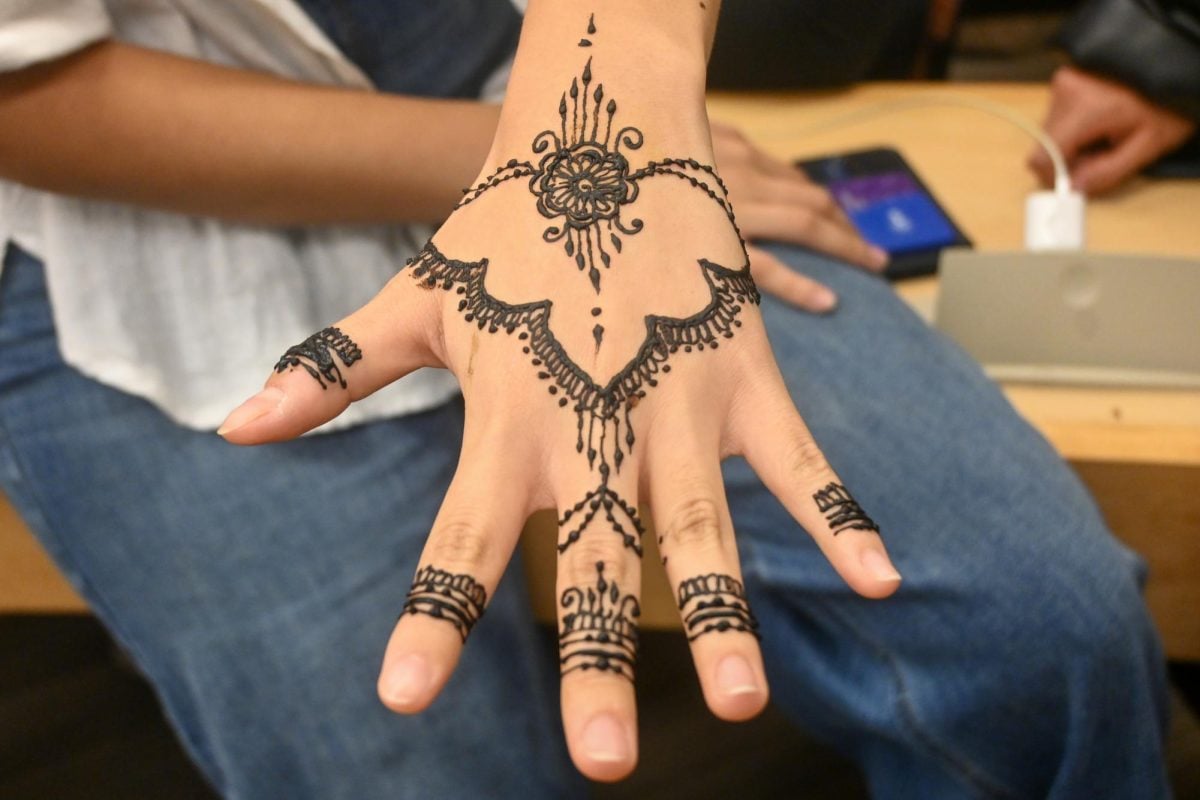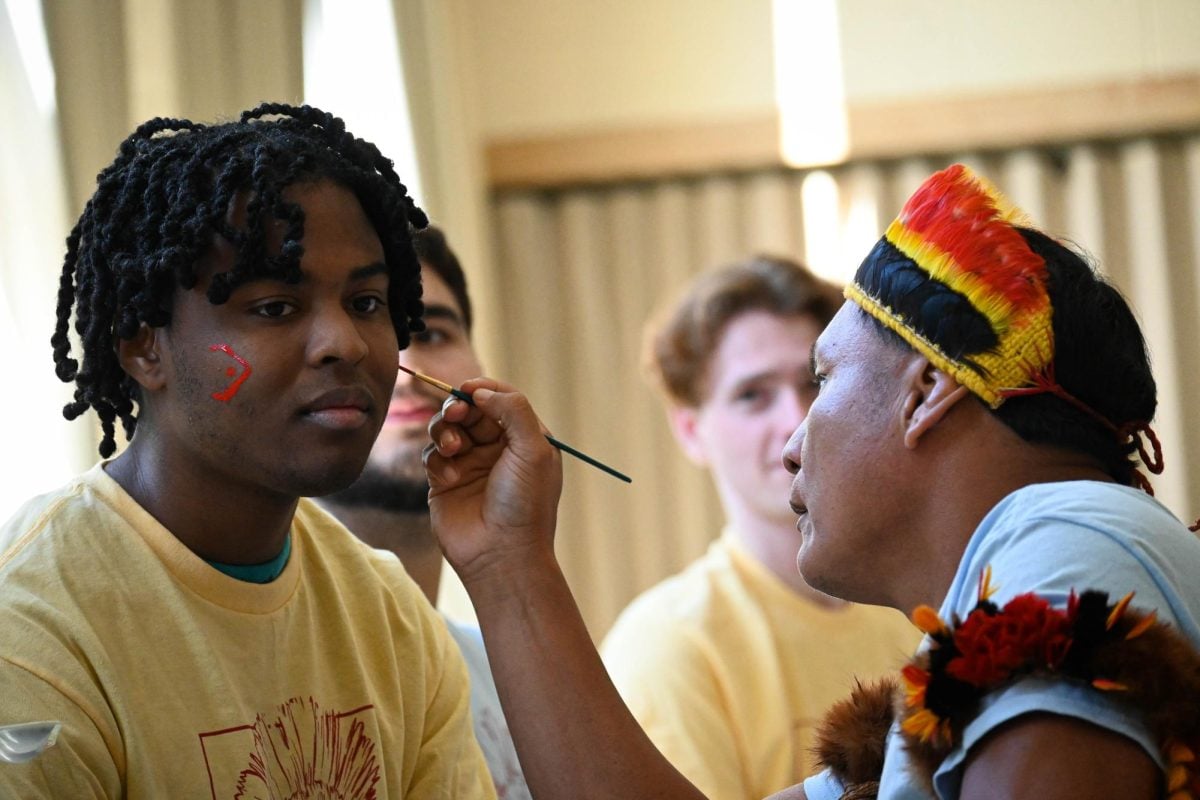A New York Times editor and three Northwestern professors spoke to students Monday about the significance of op-ed pieces and the common threads linking history and journalism.
Sewell Chan, deputy op-ed editor of The New York Times, joined Medill Prof. Larry Stuelpnagel and history profs. Geraldo Cadava and Deborah Cohen in discussing the process behind The New York Times’ op-ed selections and the truth-seeking approaches of journalism and history. The discussion drew about 50 people to Harris Hall.
“In addition to the essays we receive, we reach out to experts and scholars to find fresh viewpoints,” Chan said. “Many of the Sunday morning talk shows have this ‘punditocracy’ of like-minded pundits. We aim for the exact opposite – we want to inspire and intrigue our readers.”
A specialist in modern British history, Cohen spoke about her experiences with opinion writing.
“What strikes me is how significant a really good counterintuitive argument is,” Cohen said. “Obviously, there are some nuances that can’t fit in 750 to 800 words. For my first piece, I remember calling the feature editor of The Independent and trying to describe my thesis in only 600 words.”
Op-ed pieces are a relatively new phenomenon in journalism. The modern op-ed was first introduced by The New York Times in 1970 and has been a staple of printed newspapers ever since.
“We are not reflective of all the opinions out there,” Chan said. “We tend to have a more cosmopolitan perspective, but we try to maintain a balance and … transcend partisan politics with more diverse stories.”
In 2011, The New York Times launched online op-docs, which are op-eds in a video format that can be published online and shared throughout the Internet. In one op-doc, The Gregory Brothers, a musical group, took footage of Republican presidential nominee Mitt Romney speaking and “songified” it. The video was “still not nonfiction but funny,” Chan said.
“Op-docs have really taken off,” Chan said. “They are usually five to eight minutes long, and although we thought they would be like PBS’s ‘Frontline’ series, a good half of the ones we publish are more creative.”
The panelists also discussed the ongoing shift in readers’ preferences from print to online sources of news.
Chan pointed out the increasing fragmentation of the media and the growing divide between different media sources.
“My greatest worry as a citizen is the self-selection of what people read,” Chan said. “Having physical newspapers is more of a sentimental feeling, but ensuring that the news people read is comprehensive and accurate is more of an issue for the future.”
Stuelpnagel offered a similar take.
“In printed newspapers, you are exposed to something you do not normally see online,” he said. “Google News, like other websites, automatically pulls up articles based on what you have looked at in the past. If print disappears, you may miss out on a whole other world of ideas.”
Cohen also emphasized the significance of print media while discussing the need for historical context in the media.
“Physical newspapers are partly how we preserve the past,” Cohen said. “Historical arguments can put events into context, but without printed journalism, that’s more difficult.”







